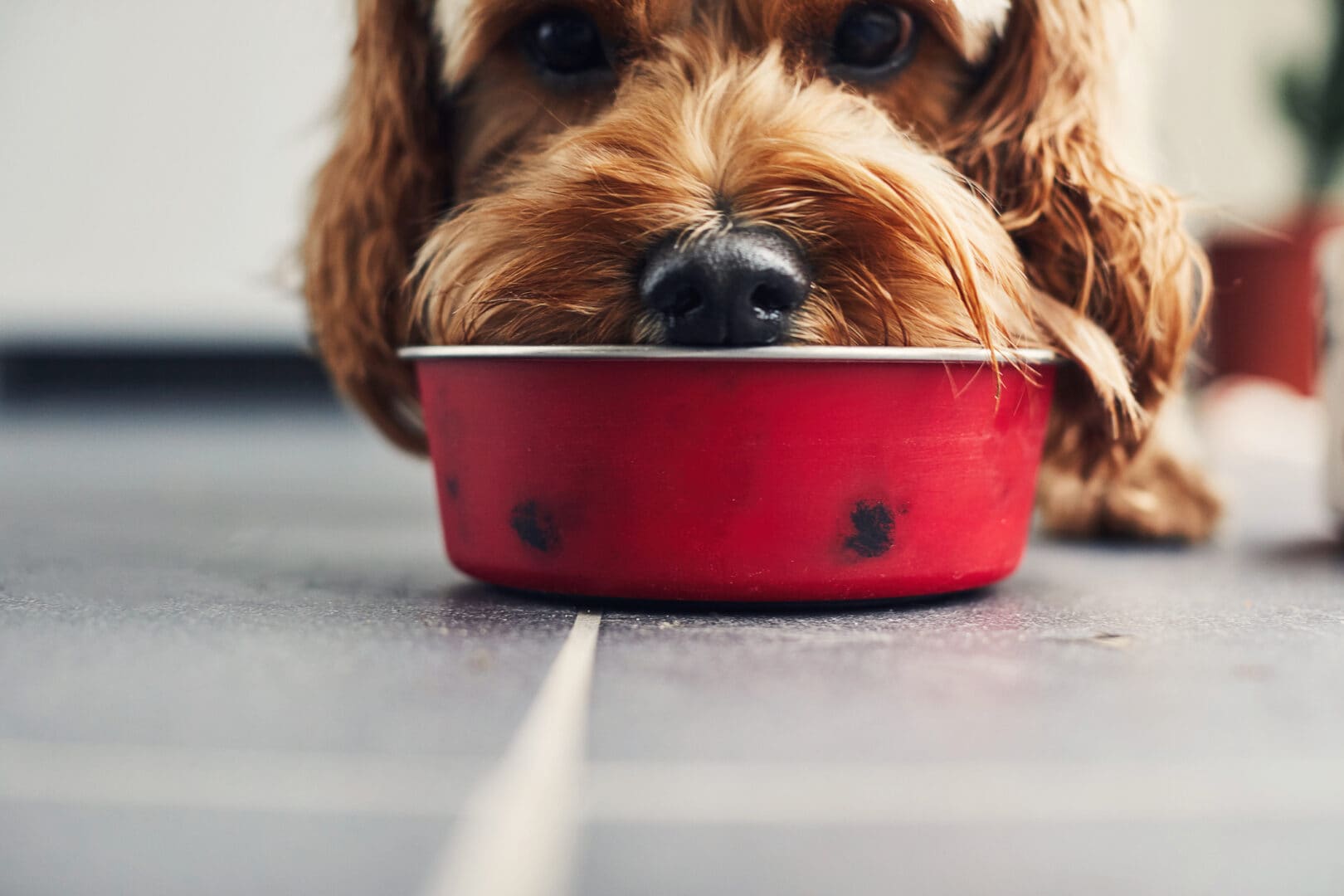Many dogs have sensitive stomachs — and even those with digestive systems of steel sometimes ingest something they shouldn’t, leading to vomiting and diarrhea. A bland diet for dogs may help comfort your best friend during these uneasy times.
Dr. Hilary Evans, an emergency veterinarian from the Charleston Veterinary Referral Clinic in Charleston, South Carolina says that the best idea is to keep the dog off food — while providing plenty of water to keep him hydrated — for at least twelve hours after the onset of vomiting or diarrhea.
After that, you can start introducing a simple, bland diet. “For a little dog, we would do maybe a teaspoon, and see if they’ll eat and hold it down,” she says. If the dog can keep food down, feed smaller, more frequent meals of the bland diet until the dog is back to normal.
Interestingly, there’s little evidence that a bland diet for dogs really helps or cures anything, says Dr. Richard Hill, a professor at the University of Florida College of Veterinary Medicine, although it can’t hurt, either. “Many aspects of that have now been questioned,” he says. “The only consistent thing is to make sure the dog stays properly hydrated.”
Dr. Evans suggests chicken breast or hamburger, boiled and skimmed of fat, mixed with white or brown rice. You can also use fish or eggs for protein, and give potatoes or oatmeal to dogs that turn up their noses at rice. All of these are low in stomach-upsetting fat, are highly digestible and are unlikely to irritate a digestive system that is already in revolt.
Looking for ideas for a bland diet for dogs? Here are some recipes to try.
1. Homemade chicken and rice with veggies
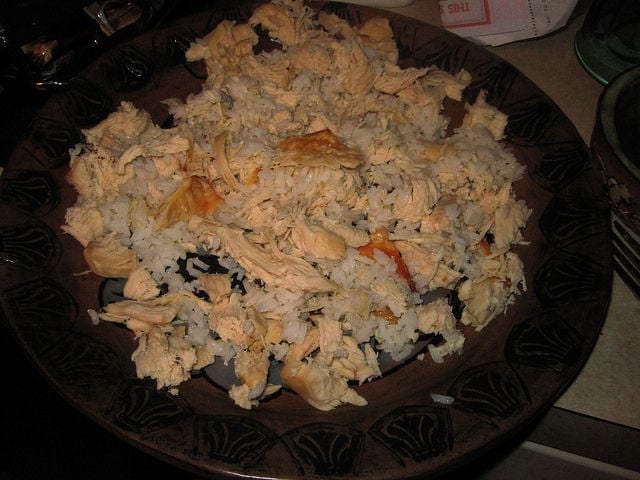
Homemade Dog Food has a chicken and rice recipe that includes supplements (check with your vet before giving these to your dog) and makes a big batch, which you can freeze and have ready for the next time you need a bland diet for dogs. Bones provide extra calcium and minerals, and veggies provide vitamins as well as fiber, which can help your dog produce more formed stools.
2. Hamburger and rice
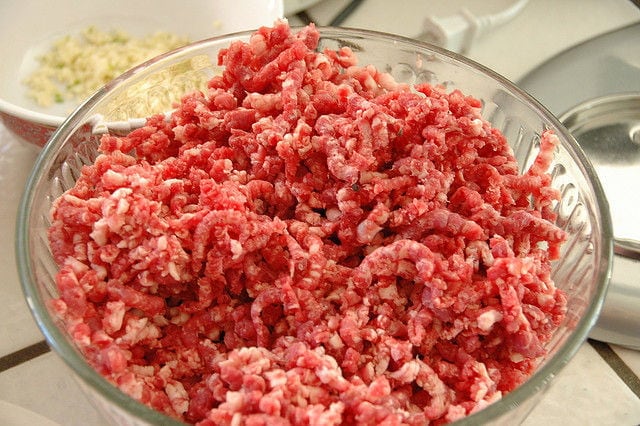
Greenbrier Animal Hospital in Fairfax, VA suggests the classic hamburger and rice combo. Hamburger is easy both for you to cook and for your dog to chew — and all dogs love beef, so that should make it easier for your buddy to swallow.
3. Fish and sweet potatoes
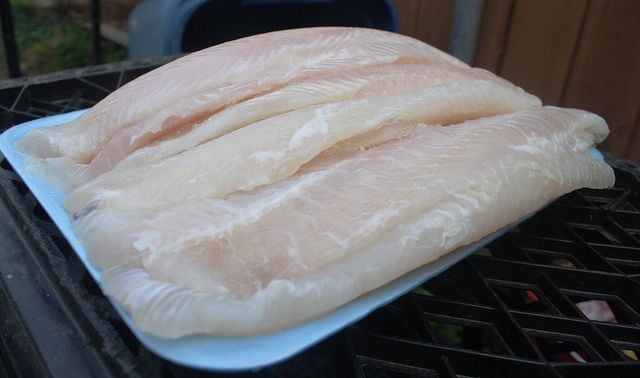
The Nest suggests that dogs could try a raw diet of fish or meat, veggies, and dairy or eggs. This fish and sweet potato recipe could be a good way to transition from a typical bland diet to what your dog normally eats. Fish (especially white fish) is quite digestible, and many dogs love it, which can give a dog who’s off her feed enticement to eat. Sweet potatoes are nutritional powerhouses, and they’re quite mild on the dog’s stomach.
4. Healing mash with canned pumpkin
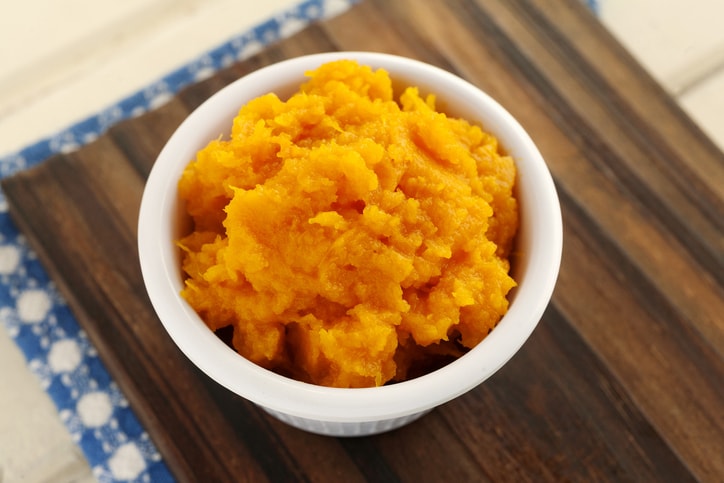
Everyday Roots uses a “healing mash” with canned pumpkin that can help your dog form firmer stool after a diarrhea bout and yogurt to establish healthy gut bacteria.
5. Meat, veggies or fish bland diets
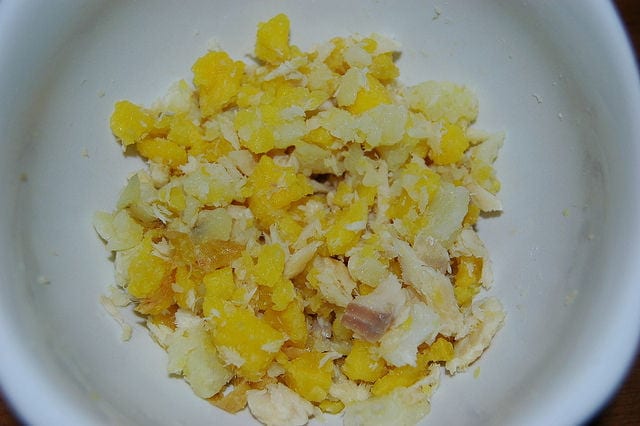
A post from Stanford University’s website has bland diet recipes for dogs that contain veggies, chicken and hamburger dinners. Dogs with upset stomachs may welcome well-cooked, easy-to-digest vegetables instead of or in addition to meat.
Both Evans and Hill caution that bland diets are not suitable for the long term because they don’t offer balanced nutrition for dogs. In fact, most commercially prepared dog foods are fine. There are even commercially prepared bland diets for dogs available through your veterinarian, if you don’t want to break out the skillet yourself.
You should feel free to try a bland diet as a home remedy, but if your dog won’t eat, is showing signs of dehydration or is still having troubles after a couple days, it may be a sign of a serious illness. You know your dog best — if something seems off, get her to the vet.
